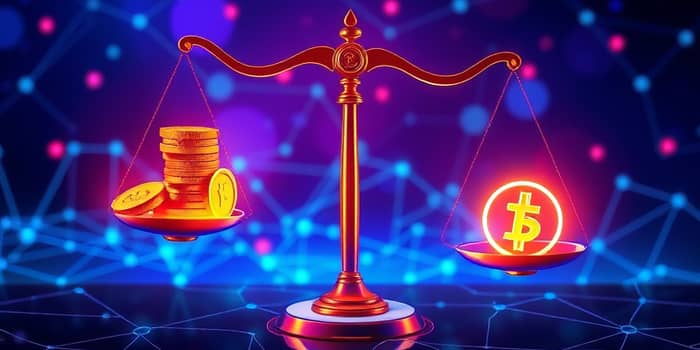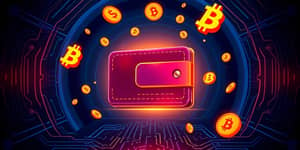
In the rapidly evolving world of cryptocurrency, the terms “coins” and “tokens” are often used interchangeably, yet they represent distinct concepts with unique roles. Gaining clarity on these differences is essential for investors, developers, and enthusiasts aiming to navigate the digital asset landscape effectively.
At its core, clear terminology builds confidence. Misclassifying an asset can lead to misinformed decisions, whether someone is trading, investing, or building on blockchain platforms.
By distinguishing between coins and tokens, users can evaluate underlying technologies, anticipate network requirements, and align their strategies with the correct asset type.
Coins serve as the lifeblood of their native blockchains. They are intrinsic to the security and operation of Layer-1 networks and are typically mined or minted by network participants who validate transactions.
Tokens, on the other hand, are programmable and trustless digital assets built on pre-existing chains such as Ethereum, Solana, or Binance Smart Chain. They inherit consensus mechanisms and security properties from their host blockchain.
While coins primarily facilitate peer-to-peer transactions and power blockchain operations, tokens extend functionality far beyond simple exchange.
This versatility highlights the flexible utility and governance mechanisms that tokens bring to the ecosystem.
Launching a coin requires designing a new blockchain from scratch. Developers must implement node software, consensus algorithms, and network governance rules.
By contrast, deploying a token can be as simple as filling out a smart contract template. Although this ease of creation accelerates innovation, it also demands diligence to ensure security and compliance.
Understanding the complexity of launching a new blockchain helps stakeholders appreciate coins’ foundational role compared to the agility of tokens.
Despite thousands of coins existing today, a handful like Bitcoin (BTC) and Ethereum (ETH) dominate market capitalization. Their robust networks and widespread adoption reinforce their status as digital gold and programmable fuel, respectively.
Tokens outnumber coins by orders of magnitude, driven by decentralized finance (DeFi) applications, gaming projects, and tokenized real-world assets. This explosion is rapidly expanding the digital economy's functionality and illuminating the potential for programmable finance.
Coins are primarily confined to their native ecosystems, though wrapped versions exist for cross-chain functionality. Their security underpins transaction finality and network trust.
Tokens thrive on composability within decentralized applications. Standards like ERC-20 and ERC-721 enable seamless swapping, lending, and trading across platforms, fostering collaborative innovation.
The convergence of tokens and coins fuels a transformative era in finance and digital ownership. DeFi protocols leverage coins for liquidity and tokens for governance, rewards, and collateral management.
As the Web3 vision unfolds, the tokenization of real-world assets—ranging from property deeds to intellectual property rights—will reshape industries. This synergy exemplifies the foundation of decentralized blockchain ecosystems and their promise to deliver trustless, borderless services.
In conclusion, appreciating the nuanced roles of coins and tokens equips stakeholders with the insight to harness their respective strengths. Whether you are trading, developing, or strategizing, a clear grasp of these distinctions paves the way for informed decisions and sustained innovation.
References













